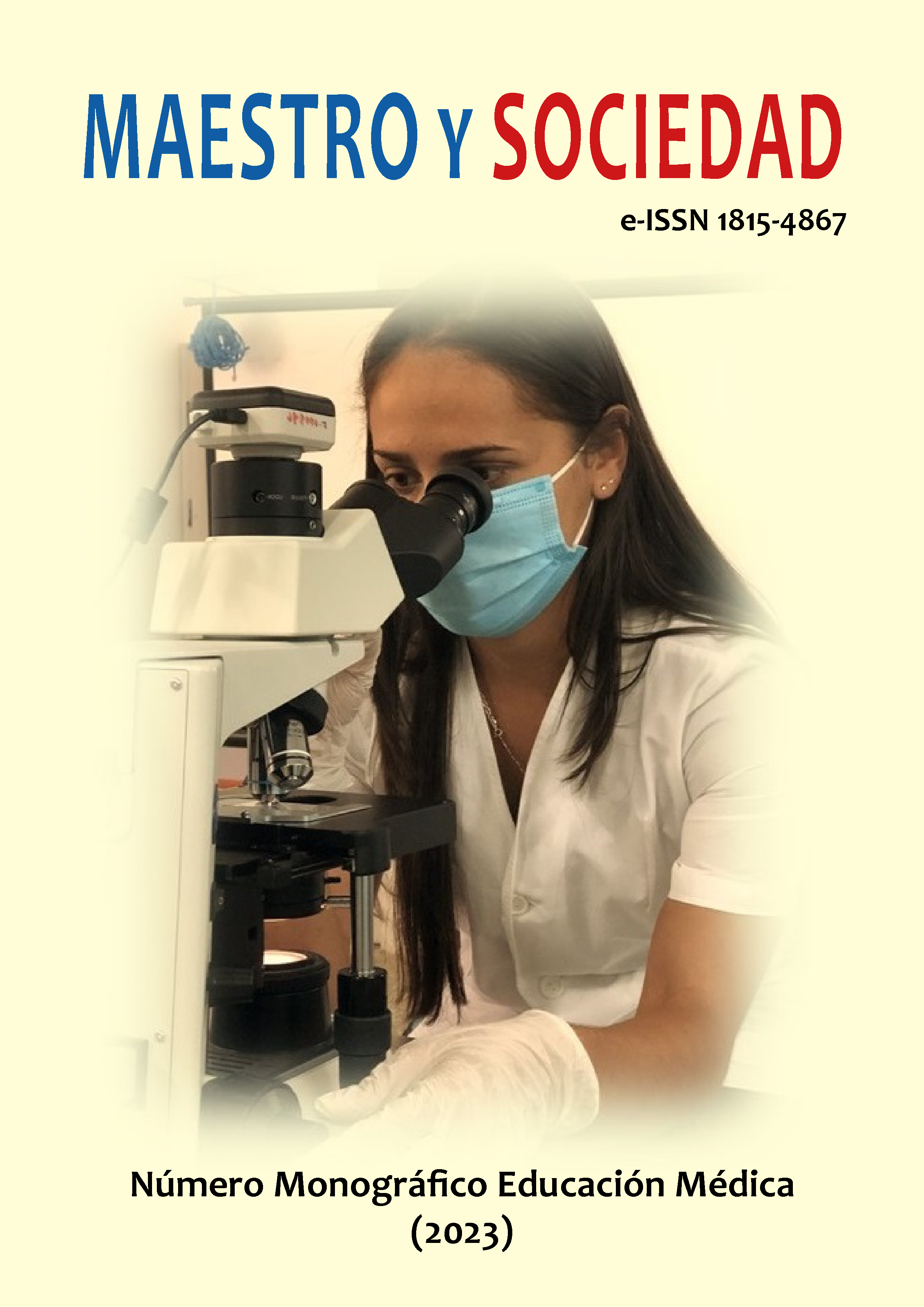Nomophobia and its effects on Eating Disorders in students in Ecuador
Nomophobia and its effects on Eating Disorders in students in Ecuador
Keywords:
Nomophobia, social networks, youth, disorders, eating behaviorAbstract
Introduction: The present investigation on the influence of social networks in eating disorders (ED), scenario of distortion of the attitude for the eating habit and exaggerated attitude by the image and its weight in the young student who makes great efforts to achieve weight loss without any control. Objective: Determine the impact of social networks on eating disorders in young students in Ecuador. Materials and methods: An updated bibliographical review was carried out, analyzing from the scientific literature a theoretical framework of the subject and several similar case studies. In addition, a survey was applied to 360 young students. Results: As a result, social networks have had a great impact on their eating behavior, the influence of physical acceptance associated with social success in social networks, they manipulate photos through editing programs when they are not satisfied with their physical body features, they present stereotypes in which beauty and body appearance are the most relevant. Discussion: the indiscriminate use of social networks such as Facebook, WhatsApp Instagram, Tik tok, and their free accessibility to the internet, allow them to access inappropriate information on healthy eating, executing nutrition practices that are harmful to their health. Conclusions: The information provided by the web does not always have a scientific basis, and on the contrary, what it causes is a negative impact on the mental, physical and social health of adolescents, in search of social acceptance, emphasizing inappropriate eating behaviors. and body satisfaction.
References
Acosta G., L. (2005). Evaluación de la conducta alimentaria de riesgo: Estudio transcultural entre adolescentes de España y México. International Journal of Psychological Therapy.
Álvaro Ojeda, M. P. et al. (2023). Scielo. https://scielo.isciii.es/scielo.php?pid=S2529-850X2021001001289&script=sciarttext
Florecia Licciarini, A. V. et al. (2021). Anorexia y uso de redes sociales en adolescentes. UNICEF, 29(1).
INEC. (2010). Población del cantón Quevedo. INEC.
López, S. (2017). Prevalencia de trastornos de la conducta alimentaria en seis países europeos: Metas Enfermería.
Rodríguez I., D. C. (2019). Scielo. http://scielo.sld.cu/scielo.php?script=sci_arttext&pid=S1028-48182020000100169
Victoria Arija, M. J. et al. (2022). Nutrición Hospitalaria. https://www.nutricionhospitalaria.org/articles/04173
Downloads
Published
How to Cite
Issue
Section
License
Copyright (c) 2023 Hillary Paulina Pastrano Rosero, Carmen Lisbeth Verdezoto Michuy, Giomara Raquel Duarte López, Nancy Yadira Moreira López

This work is licensed under a Creative Commons Attribution-NonCommercial-NoDerivatives 4.0 International License.
This journal provides immediate open access to its content, based on the principle that offering the public free access to research helps a greater global exchange of knowledge. Each author is responsible for the content of each of their articles.



























 Universidad de Oriente
Universidad de Oriente 